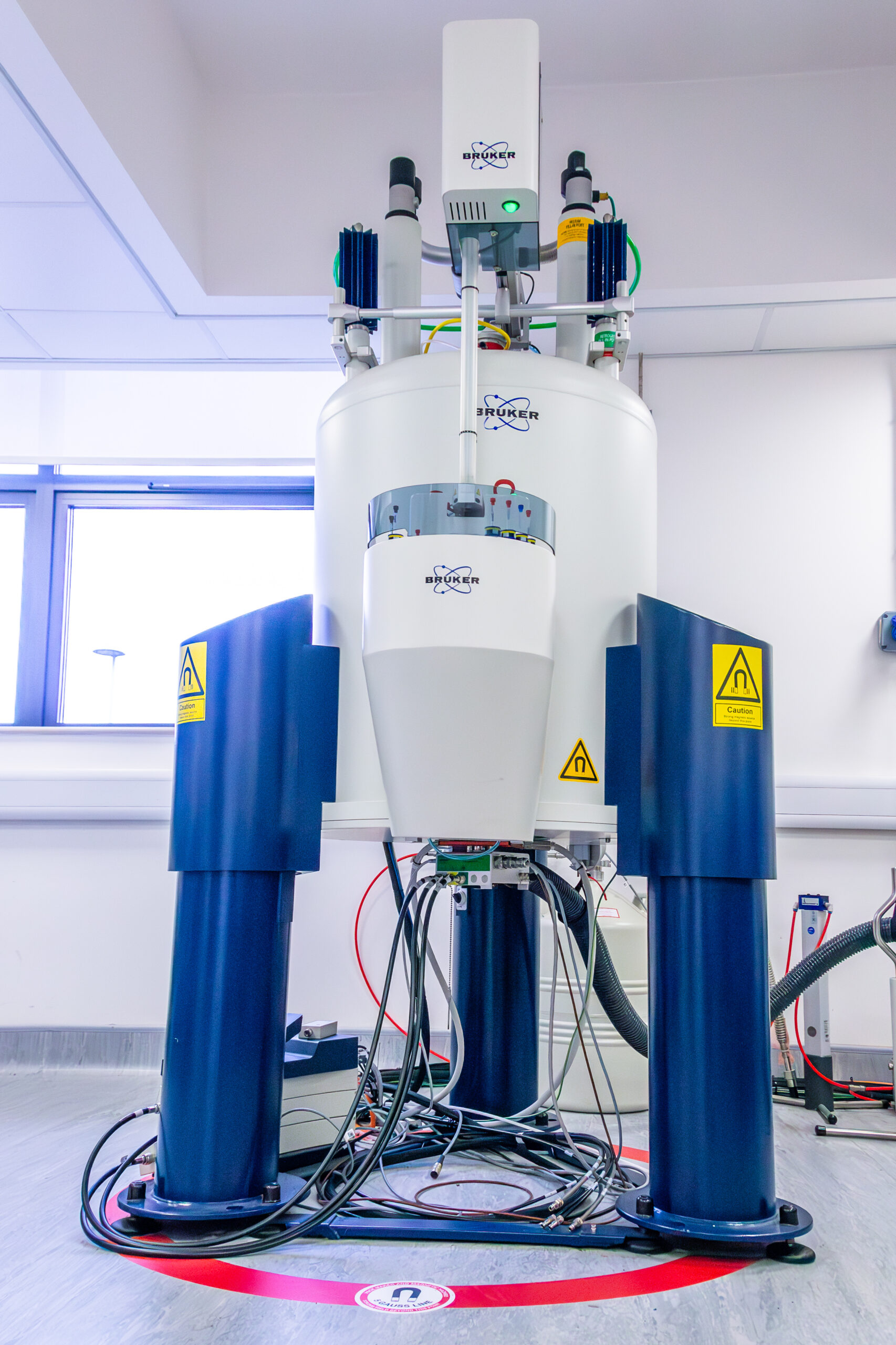Crystallinity of Plastics using NMR Spectroscopy
It has been demonstrated that solid-state NMR is an effective and efficient approach to determine the degree of crystallinity in plastic samples.
Download Exemplar Study
The degree of crystallinity of a plastic strongly affects, amongst other things, the plastic’s mechanical properties and is therefore one of the most important determinants of the end use of the plastic. Variation in manufacturing conditions can affect the degree of crystallinity of a plastic and the resultant final product properties. Being able to determine the degree of crystallinity within plastic materials quickly and robustly improves product quality and would offer a beneficial process to determine this important property for plastic manufacturers and suppliers.
Traditionally, determination of crystallinity has been carried out using thermal analysis which is time consuming. The method outlined here presents a significant saving of time when compared to thermal analysis methods. It has been demonstrated that solid-state NMR is an effective and efficient approach to determine the degree of crystallinity in plastic samples.
The method is rapid, taking only 5 – 10 minutes, and can therefore be utilised to give almost real-time feedback for R&D samples and for new product development. The method can also be applied generally where polymer crystallinity is of interest as a viable alternative to the traditional thermal methods.
This method could be utilised for any industry that needs to understand the degree of crystallinity in plastics when this is critical to the properties of their manufactured goods. It would also be of benefit if it was a requirement to analyse potential degradation of plastics or to determine the efficacy of new and novel antioxidants, including bioderived solutions, when developing new materials or new antioxidants.
It could also be deployed to ensure that ductile properties of materials were maintained when moving to new, more sustainable materials and/or manufacturing methods.